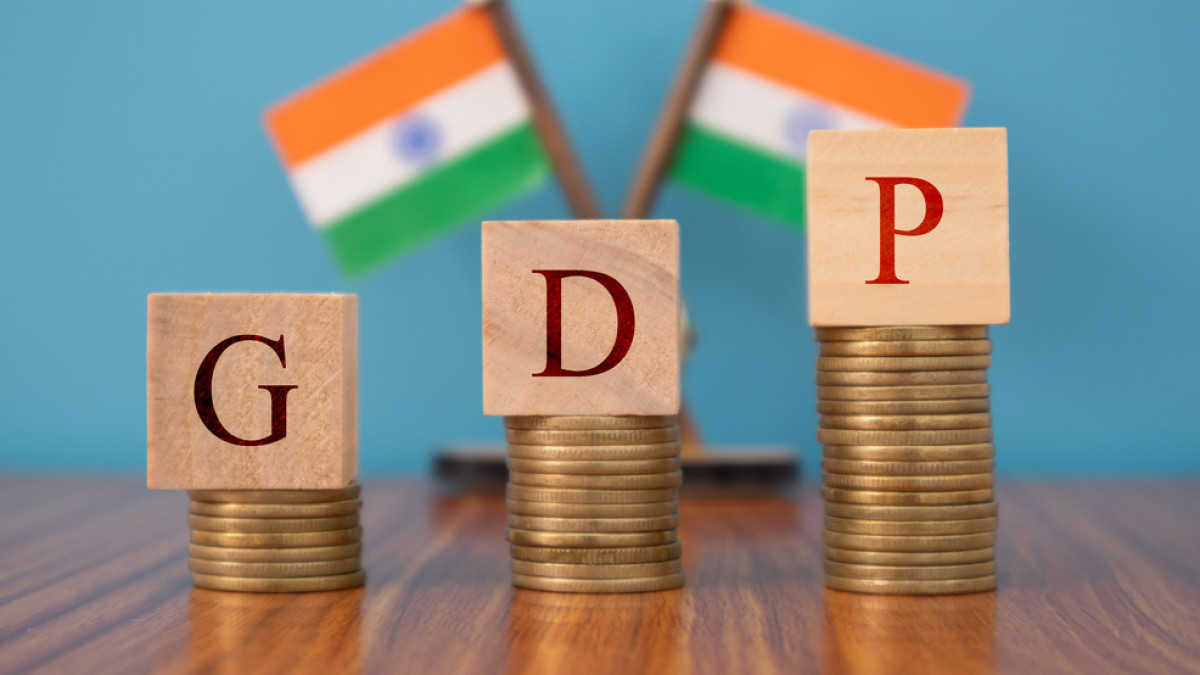
India needs to focus on market reforms to achieve double digit growth : ADB
NEW DELHI : India needs to focus on factor market reforms like land and labour to propel India’s growth to a double-digit trajectory, ADB Chief Economist Albert Park has said.
“There are still concerns that the basic factor markets like land and labour in the formal sector of unemployment in India are still small. So, you really want to formalise those,” he told in an interview.
The factor market reforms include land, labour, energy, and access to credit, among others, which are critical factors for production.
Labour reforms have been approved by Parliament in 2020, but it has not been implemented. In 2019 and 2020, 29 central labour laws were amalgamated, rationalised and simplified into four labour codes — the Code on Wages, 2019; the Industrial Relations Code, 2020; the Code on Social Security, 2020; and the Occupational Safety, Health & Working Conditions Code, 2020.
Labour is in the Concurrent List of the Constitution. Under the Labour Codes, rules are required to be framed by the central government as well as by the state governments.
Talking about other reforms, Park said further regulatory ease and ease of doing business and deregulation of tariffs by simplifying and reducing them will help increase India’s share in the global value chain.
The government has set a target of USD 2 trillion in exports of goods and services to be achieved by 2030. In FY23, combined exports of goods and services reached an estimated USD 770 billion. Thus, considerable growth will be needed to reach the government’s target.
Increasing goods exports requires India to integrate into global value chains (GVCs), which must entail India specialising in stages of production, where it has a comparative advantage as opposed to necessarily looking to be present in the entire value chain, as per the recent ADO report released by ADB.
Besides, he said, there has to be higher investment in human capital because learning outcomes are still relatively poor compared to more successful economies.
“India needs to improve exports in the manufacturing intensive sectors like electronics, textiles etc are still much more limited and not growing as fast as other more dynamic parts of Asia,” he added.
To achieve double-digit growth, Park said, India is doing well on various parameters, and it is the fastest growing economy in Asia, but achieving over 10 per cent growth would require huge investment in the infrastructure sector and global frontier technologies to improve efficiency and productivity.
The Asian Development Bank (ADB) last month raised India’s GDP growth forecast for the current fiscal to 7 per cent from 6.7 per cent earlier, saying the robust growth will be driven by public and private sector investment and improvement in consumer demand. For the 2025-26 fiscal, ADB has projected India’s growth at 7.2 per cent.
The growth estimate for the current fiscal is lower than the 7.6 per cent estimated GDP expansion in 2022-23 (financial year ended March 2024).
ADB’s growth forecast for the current fiscal is in line with the projections made by the Reserve Bank of India (RBI) last month.
The RBI had said the GDP growth in the current fiscal is projected at 7 per cent on expectations of normal monsoon, moderating inflationary pressures and sustained momentum in manufacturing and services sectors.
